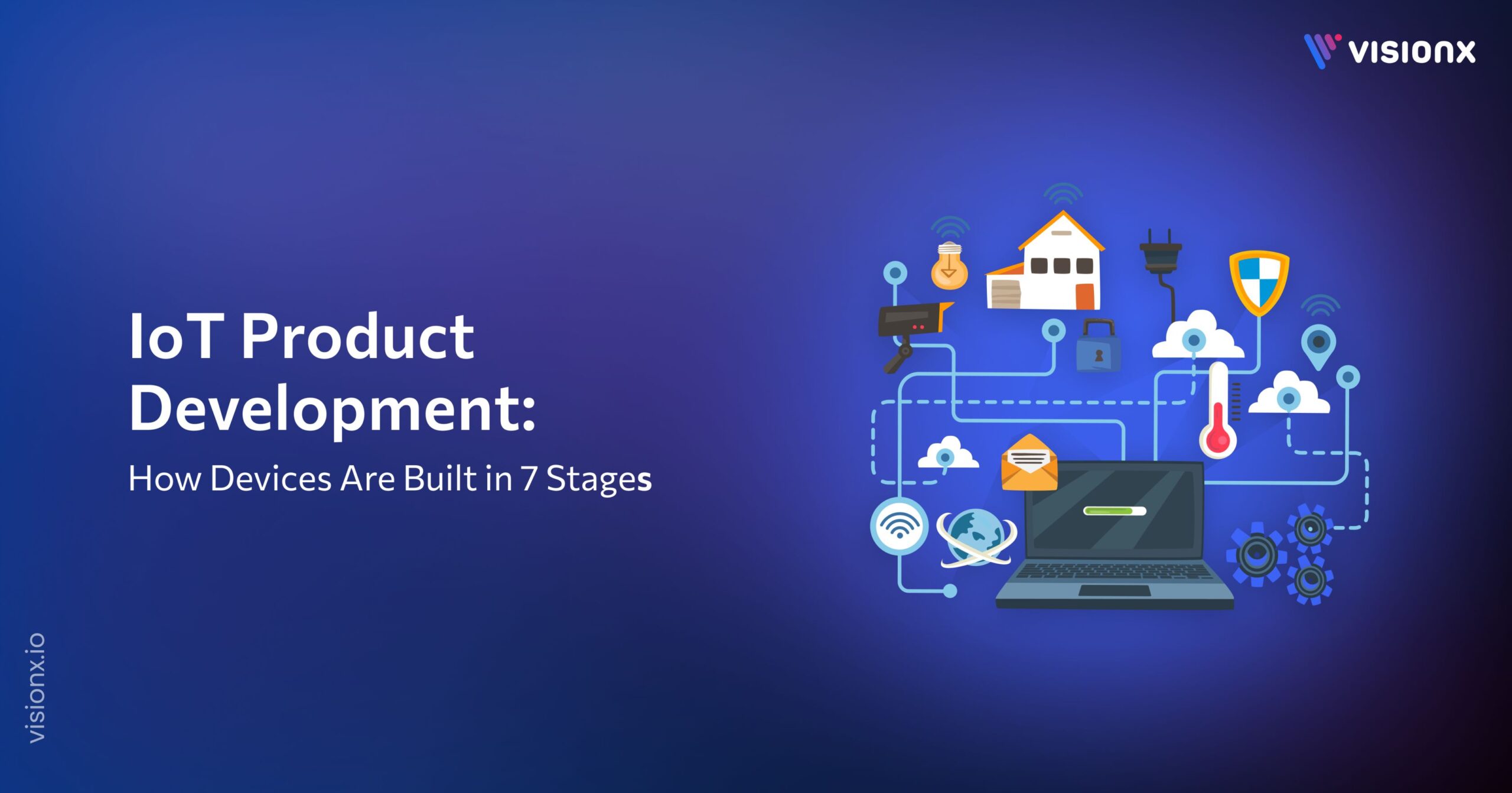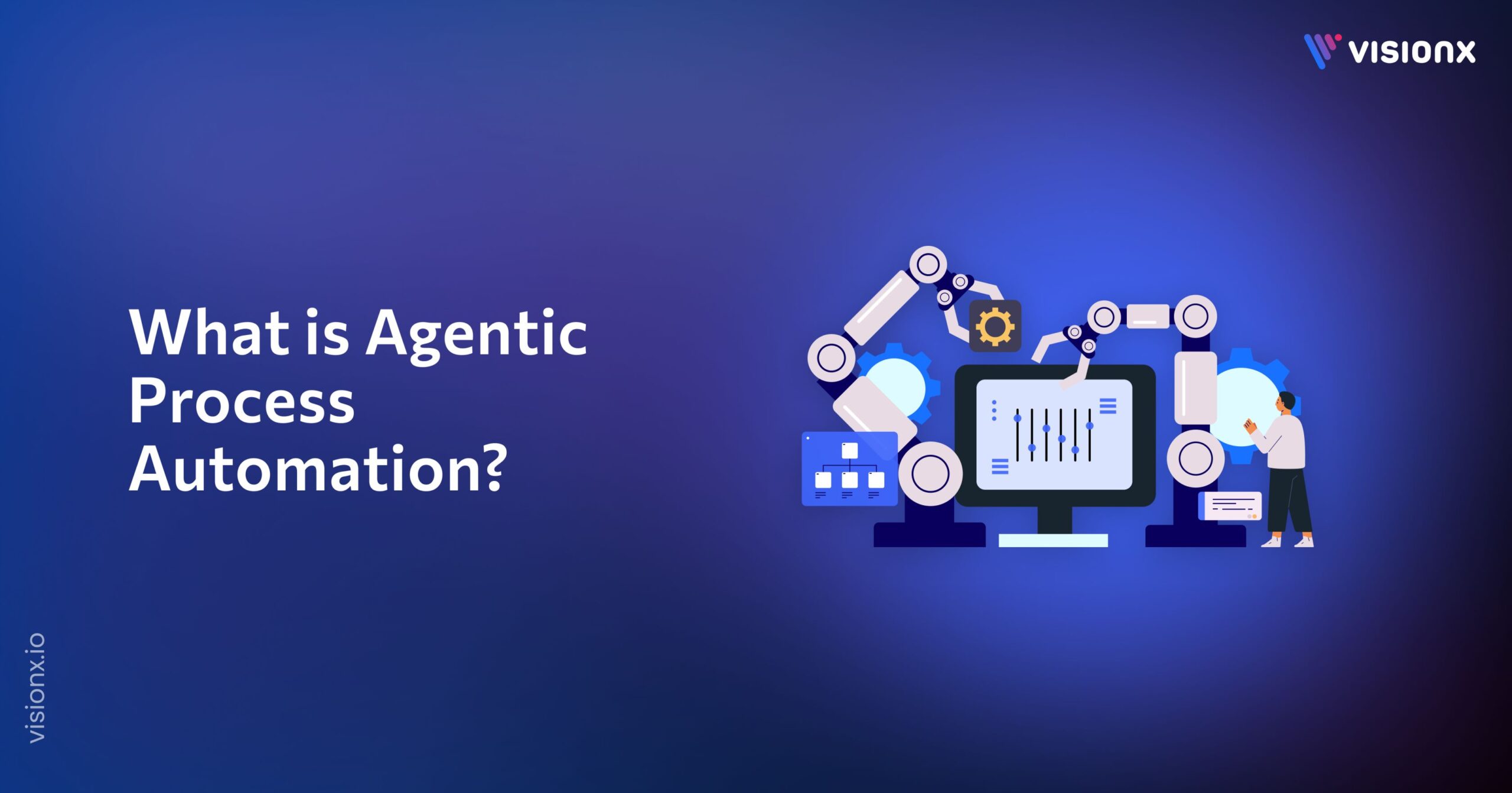What Is LLM Security and Why Is It Critical?
LLMs are revolutionizing artificial intelligence by providing powerful language processing capabilities. However, they also introduce new security challenges that organizations must address. LLM security is the practice of protecting these systems from vulnerabilities and potential attacks, ensuring their safe and ethical use.
The significance of LLM security cannot be overstated, especially as these models become more integrated into our digital ecosystems with the advent of generative AI. From powering chatbots to virtual assistants and decision-making systems, LLMs play a vital role. Security breaches can lead to severe consequences that affect not only individual users but entire systems and industries.
LLM security encompasses more than just data protection. It also involves safeguarding the integrity of AI-driven communications, maintaining user trust, and ensuring ethical usage. Organizations that deploy LLMs must prioritize security by building strong defenses and educating users about the risks. If LLM security is neglected, it could lead to privacy violations, financial loss, and societal harm.
How Secure are LLMs?
LLMs are not inherently secure, and the levels of security they provide vary significantly across different implementations. These systems face unique challenges, including data privacy breaches, adversarial attacks, biases, and the risk of unauthorized access. Despite the fact that organizations implement safeguards like encryption, access control measures, and regular security audits, no LLM is 100% secure.
Due to their complexity and AI-specific vulnerabilities, LLMs have a considerably larger attack surface than traditional software. Overall, LLM security is improving, but constant vigilance and continuous improvement are required to address the dynamic nature of threats and vulnerabilities in this field.
What are major LLM Security Attacks?
LLMs face several key security risks. These stem from their complex nature and arise from their vast knowledge bases. Their ability to process sensitive data adds another layer of risk.
The following are the main LLM security risks:
- Data Privacy Breaches
- Adversarial Attacks
- Bias and Fairness Issues
- Unauthorized Access and Model Theft
Let’s explore each of these risks in detail.
1. Prompt Injection Attacks
One of the most well-known LLM security risks is prompt injection. In this type of attack, a malicious user inserts specially crafted commands into input prompts, influencing the LLM to behave unpredictably. The attacker may gain access to sensitive data or modify the intended output of the LLM.
Example: A user submits a prompt designed to instruct the LLM to reveal internal system information or issue commands that were not intended by the original developer.
Mitigation Strategies:
- Input Validation: Ensure that user inputs are strictly validated before being processed by the model. Only allow known-safe commands.
- Segregation of Prompts: Keep user prompts separate from system prompts that control core functionalities.
- Role-based Access Control (RBAC): Restrict access to sensitive prompts and system commands using RBAC to minimize unauthorized interactions.
2. Training Data Poisoning
Training data poisoning occurs when malicious data is introduced into the dataset used to train the LLM. This can lead to compromised model behavior, inaccurate predictions, or even bias in decision-making processes. Poisoned training data can also cause the model to be vulnerable to future attacks by embedding backdoors that attackers can exploit post-deployment.
Example: If the training dataset includes incorrect or falsified information, the LLM may offer biased or inaccurate outputs. For example, an AI system trained on poisoned data could make harmful recommendations in a healthcare application.
Mitigation Strategies:
- Data Source Verification: Vet and verify the sources of all training data to ensure that they come from reputable and trustworthy origins.
- Adversarial Training: Incorporate adversarial robustness techniques that test the model against potential poisoning scenarios. This helps in building resistance to corrupted data inputs.
- Dataset Audits: Conduct regular audits of the dataset to detect and remove suspicious or inconsistent entries before they can affect the model.
3. Model Denial of Service (DoS)
Model Denial of Service (DoS) is a type of attack where an attacker sends a high volume of resource-intensive queries to the LLM. This overwhelms the system, resulting in degraded performance, increased latency, or even a complete shutdown.
Example: An attacker may intentionally flood an LLM-powered chatbot with large, complex queries, causing a lag in response times or making the service unavailable to legitimate users.
Mitigation Strategies:
- Rate Limiting: Set strict limits on the number of requests an individual user can send within a specified time period to prevent overloading the system.
- Query Complexity Monitoring: Implement mechanisms that monitor and flag resource-intensive queries, preventing them from overwhelming the system.
- Service Redundancy: Build redundancy into your infrastructure, ensuring that your LLM service can scale when facing large volumes of traffic.
4. Insecure Output Handling
Insecure output handling refers to the risk that arises when LLM-generated content is used in other systems without proper validation. This can lead to vulnerabilities such as cross-site scripting (XSS), server-side request forgery (SSRF), or even privilege escalation. Essentially, if the LLM’s output contains malicious code or unintended commands, this content could be executed by downstream systems.
Example: An attacker may embed harmful code in a prompt that gets processed by the LLM and passed to another application without proper sanitation. This could result in a security breach or unauthorized actions in the system.
Mitigation Strategies:
- Output Sanitization: Ensure that all outputs from the LLM are sanitized to remove any harmful code or unexpected instructions.
- Security Reviews: Conduct regular security reviews of LLM outputs, especially in mission-critical systems, to identify potential vulnerabilities before they can be exploited.
- Encoded Outputs: Use encoding techniques to prevent LLM-generated content from being interpreted as executable commands by other systems.
5. Sensitive Information Disclosure
Sensitive information disclosure is one of the most critical risks in LLM security. In some cases, LLMs may inadvertently reveal confidential information either through poorly designed prompts or by accessing restricted datasets. This could lead to data breaches, compliance violations, and loss of customer trust.
Example: A user asks the LLM for specific proprietary information that the model, through unintended overreach, provides. This could include internal documents, customer data, or trade secrets.
Mitigation Strategies:
- Data Access Controls: Implement strict access controls that limit which data the LLM can access during operation. Ensure that confidential data is never processed unless explicitly necessary.
- Encryption: Encrypt sensitive data to prevent unauthorized access, even if the LLM is compromised.
- Regular Audits: Conduct regular audits to ensure the LLM isn’t storing or disclosing sensitive information without proper authorization.
6. Insecure Plugin Design
Insecure plugin design refers to vulnerabilities introduced when LLMs interact with third-party plugins or external APIs. Many LLMs are designed to work with external tools to extend functionality, but if these integrations aren’t secure, they can expose the system to risks like privilege escalation or unauthorized actions.
Example: A poorly designed plugin could allow an attacker to bypass access controls, gaining unauthorized access to sensitive functions or data within the system.
Mitigation Strategies:
- Plugin Validation: Only use plugins that have been thoroughly tested and validated for security vulnerabilities. Ensure that they comply with industry standards.
- Access Controls: Apply strict access controls and privilege separation when using plugins. Limit the permissions that plugins have within the system.
- Security Testing: Regularly conduct security tests on all plugins to identify and patch vulnerabilities before they can be exploited.
7. Model Theft
Model theft occurs when unauthorized parties gain access to the LLM itself, allowing them to copy the model and its proprietary data. This not only results in intellectual property theft but also puts the organization’s sensitive data at risk.
Example: A competitor could steal an organization’s custom-trained LLM, gaining insights into proprietary algorithms and confidential data embedded in the model.
Mitigation Strategies:
- Model Encryption: Encrypt the model files to ensure that even if someone gains access, they cannot easily copy or use the model.
- Access Logs: Implement logging mechanisms to track who accesses the LLM and monitor for suspicious activity.
- API Security: Secure API access points that interact with the LLM, ensuring that only authorized users can access model functions.
How Can We Mitigate LLM Security Risks?
Mitigating LLM security risks requires a comprehensive, multi-faceted approach involving both technical measures and policy changes. Ongoing vigilance is also essential.
Key strategies include:
- Robust data handling
- Adversarial defense mechanisms
- Bias mitigation techniques
- Secure deployment practices
Let’s examine each strategy in detail.
1. Robust Data Handling and Privacy Measures
Data protection is fundamental to securing LLMs, starting from the training process and extending to deployment and usage. Effective data handling practices are crucial for minimizing the risk of privacy breaches.
Best practices for data handling include:
- Data anonymization
- Differential privacy techniques
- Secure data storage and transmission
Organizations must implement strict data governance policies to ensure that sensitive information is handled appropriately. Regular privacy audits and employee training on secure data handling procedures are also essential for maintaining compliance and protecting user data.
| Data Handling Practice | Description | Benefit |
| Data Anonymization | Remove or encrypt personal identifiers | Reduces risk of individual data exposure |
| Differential Privacy | Add noise to data to protect individual privacy | Maintains data utility while enhancing privacy |
| Secure Data Storage | Use encryption and access controls | Prevents unauthorized data access |
| Regular Audits | Conduct frequent checks on data usage and access | Identifies and addresses vulnerabilities proactively |
These measures help prevent data breaches. They also ensure compliance with privacy regulations.
2. Implementing Adversarial Defense Mechanisms
Defending against adversarial attacks requires proactive measures and constant vigilance. Organizations need to implement strategies that make their LLMs more resilient to manipulation.
Effective strategies include:
- Adversarial training
- Input validation and sanitization
- Model robustness testing
Adversarial training involves exposing LLMs to potential attacks during development, helping to build inherent defenses. Input validation ensures that malicious prompts are caught before they can cause harm, while robustness testing helps identify vulnerabilities before deployment.
Continuous security updates and threat intelligence sharing within the industry are essential for maintaining strong defenses against ever-evolving adversarial attacks.
3. Addressing Bias and Promoting Fairness
Addressing bias in LLMs is an ongoing challenge that requires both technical and ethical approaches. Fairness in AI is crucial to ensure that these systems provide equitable outcomes for all users.
Key strategies for promoting fairness include:
- Diverse training data
- Bias detection algorithms
- Fairness constraints in model design
Regular bias audits are essential to identifying and addressing issues within the model. Including diverse perspectives during development helps catch biases that may otherwise go unnoticed. Additionally, transparency in model decisions is key to allowing scrutiny and enabling improvements over time.
4. Secure Deployment and Access Control
Once LLMs are deployed, protecting them from unauthorized access is critical to prevent misuse and preserve their integrity. Secure deployment practices help safeguard the model and its outputs.
Important security measures include:
- Strong authentication protocols
- Role-based access controls
- Encryption of model parameters
Regular security assessments are necessary to identify new vulnerabilities as they arise. Additionally, having incident response plans in place ensures that organizations can act swiftly in the event of a breach. Monitoring the model’s usage patterns also helps detect anomalies that could indicate misuse or theft.
What Are the Emerging Trends in LLM Security?
Some key trends in LLM security include advancements such as federated learning, which enhances privacy by allowing models to be trained on decentralized data without sharing sensitive information.
Homomorphic encryption is another emerging trend, enabling secure computation by allowing data to be processed in its encrypted form.
Additionally, AI frameworks specifically designed for security are becoming more prominent as policymakers recognize the importance of establishing guidelines for AI safety and ethical usage.
Researchers are continuously working on developing more robust defense mechanisms, while policymakers are creating AI-specific regulations to address security concerns. At the same time, industry collaborations are forming to tackle common challenges in the LLM security space.
Ongoing research focuses on:
- Explainable AI for better security analysis
- Zero-trust architectures for LLM deployment
- Quantum-resistant encryption for future-proofing
By staying updated on these trends, organizations can better prepare for the future challenges of LLM security.
Key Takeaways
LLM security is a complex and critical issue. It requires ongoing attention and effort.
Key takeaways include:
- Prioritize data privacy and protection
- Implement robust defenses against adversarial attacks
- Address bias and fairness proactively
- Ensure secure deployment and access control
- Stay informed about emerging trends and threats
Organizations must invest in LLM security. It’s essential for responsible AI development and use. Regular training and awareness programs are crucial. They help all stakeholders understand the importance of LLM security.
The future of AI depends on secure and trustworthy LLMs. By addressing security challenges head-on, we can harness the full potential of these powerful tools. We can ensure they benefit society while minimizing risks.


